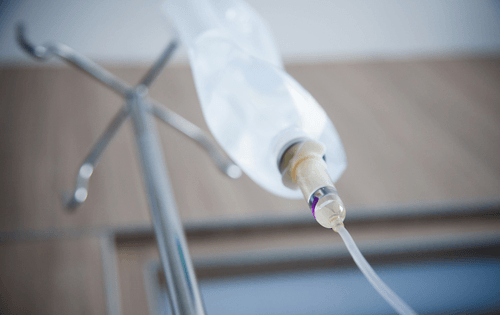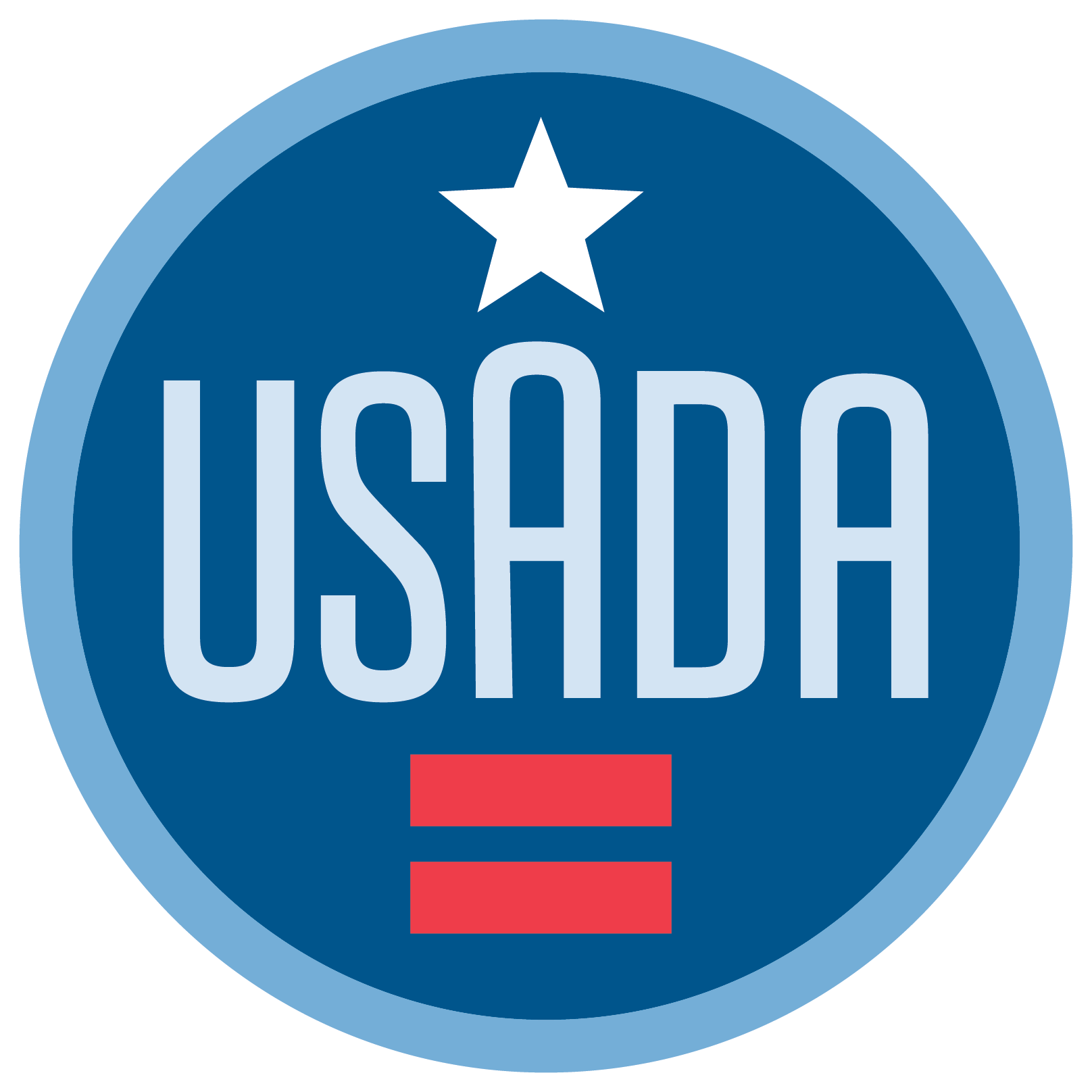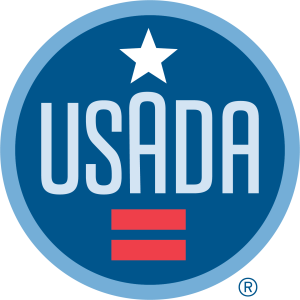UPDATED: August 26, 2024

*Information reflects the most current Prohibited List.
The World Anti-Doping Agency Prohibited List (WADA Prohibited List) specifies substances and methods that are prohibited in sport, including substances and methods that are prohibited in-competition only, as well as those that are prohibited at all times.
Below is important information about the IV rule, why IVs are prohibited, and how athletes can best protect their health and safety.
What is an intravenous (IV) injection or infusion?
An intravenous injection or infusion occurs when a substance is given directly into the vein through a needle. It could be delivered in a small volume with a simple syringe, or in a large volume through a specialized needle, tubing, and an IV bag.
Are IV injections or infusions prohibited?
YES, in most circumstances IV injection or infusions are prohibited both in- and out-of-competition if the amount is over 100 mL within a 12-hour period. This is true even if the substance being injected or infused is permitted (e.g., saline, vitamins, rehydration solution), and this is also true even if the athlete receives a number of small volume injections. If the total volume received will exceed 100 mL in 12 hours, then it is prohibited and a Therapeutic Use Exemption (TUE) may be required. To find out for sure, submit a TUE Pre-Check Form. Below, you can also see the few exceptions where IV infusions/injections are permitted.
If the substance being injected is prohibited, then TWO TUEs are needed: one for the IV volume of more than 100 mL in 12 hours, and one for the prohibited substance.
Why are IV infusions/injections prohibited?
IV infusions and injections can enhance performance by increasing plasma volume levels, masking the use of a prohibited substance, and distorting the values of the Athlete Biological Passport.
In what situations are IV infusions/injections of more than 100mL prohibited?
IV infusions and injections are prohibited for IVs administered:
- In a medical practitioner’s office, clinic, suite, home, tent, hotel room, or vehicle
- In any type of health clinic, health center, wellness clinic, or any kind of IV clinic, dialysis center, or treatment room outside of a hospital facility that is not part of a surgery or diagnostic test
- In an event organizers’ medical facility, tent, first aid station, polyclinic, or start-finish line facility (but also see the section on emergencies)
- In tents or kiosks set up by sponsors of the sport or event
- During home visits by IV services of any type, or using your own IV equipment at home
- Receiving IV infusion therapies, cleanses, detoxes, refreshes, food poisoning/jet lag/hangover cures, flu relief, or antioxidant therapies from boutique or concierge IV clinics, regardless of whether you are in a clinic or in your home or hotel room
There are IV tents set up at our sporting event, and one of the sponsors of the event is an IV company. Are those IVs permitted?
No, those IV treatments are not permitted. IV infusions/injections (of over 100mLs in 12 hours) are still prohibited even if the company offering the IVs is sponsoring the event, or has a tent or kiosk set up specifically for athletes at an event. Just because an IV service is offered at a sporting event doesn’t mean it is ok to use. It is still a prohibited method!
When are IV infusions/injections permitted?
IVs are permitted when the total volume administered in a 12-hour period is 100mL or less, AND the substance administered is permitted. The athlete always needs to check the amount of fluid they are receiving, as well as the anti-doping status of the substance being injected. If the substance injected via an IV is prohibited, then the athlete still needs a TUE even if the IV itself is less than 100mL.
Furthermore, no TUE is required if the IV infusion/injection is more than 100 mL in 12 hours but is received:
- During a hospital or emergency room treatment
- As part of urgent medical treatment in an urgent-care or after-hours clinic that is part of a hospital or a hospital system
- As part of a surgery/surgical procedure (in or out of the hospital)
- As part of a diagnostic procedure or test (in or out of the hospital) like an MRI or CT scan
What if I need an IV in an emergency?
In an emergency, athletes should always receive medical care first, and then notify USADA afterwards. Athletes should obtain medical notes or records relating to the emergency treatment to submit with their emergency TUE after the emergency has subsided.
Are there health risks associated with receiving IVs?
Yes, there are potential risks and complications that come with receiving an IV, including infection, cellulitis, inflammation of the wall of a vein with associated thrombosis, bleeding, hematoma/arterial puncture, unintended leakage of solution into the surrounding tissue, air embolism, and needle stick to the provider. Inappropriate levels of electrolytes given by IV can also have serious cardiac, muscular, and nervous system effects, even resulting in death.
Are IVs better than drinking water for rehydration?
The American College of Sports Medicine consensus guidelines state, “IV fluids do not provide an advantage over drinking oral fluids and electrolytes.” Normal rehydration can be achieved in the vast majority of individuals by drinking and eating normal beverages, such as sports drinks and water, and meals. Various sports and athletic organizations such as the American College of Sports Medicine (ACSM), the National Athletics Trainers’ Association (NATA), and others have informative resources to educate on best practices for fluid replacement in athletes.
REFERENCES
Givan GV, Diehl JJ. Intravenous fluid use in athletes. Sports Health. 2012 Jul;4(4):333-9.
Lewis N, Hodgson A, Khanbhai T, Sygo J, Mazur J, Smith C, Catterson P, Pedlar C. Rise of intravenous nutrition products among professional team sport athletes: reasons to be concerned? Br J Sports Med. 2022 Nov;56(21):1204-1205.
van Rosendal SP, Osborne MA, Fassett RG, Lancashire B, Coombes JS. Intravenous versus oral rehydration in athletes. Sports Med. 2010 Apr 1;40(4):327-46.
WADA TUE Physician Guidelines Medical Information to Support the Decisions of TUECs – TUE Physician Guidelines – Intravenous infusions and/or injections – Version 7.0 – October 2023.
American College of Sports Medicine Position Stand: Exercise and Fluid Replacement. Medicine & Science in Sports & Exercise: February 2007; 39(2): 377-390.
National Athletic Trainers’ Association Position Stand: Fluid Replacement for Athletes. Journal of Athletic Training 2000;35(2):212–224.



